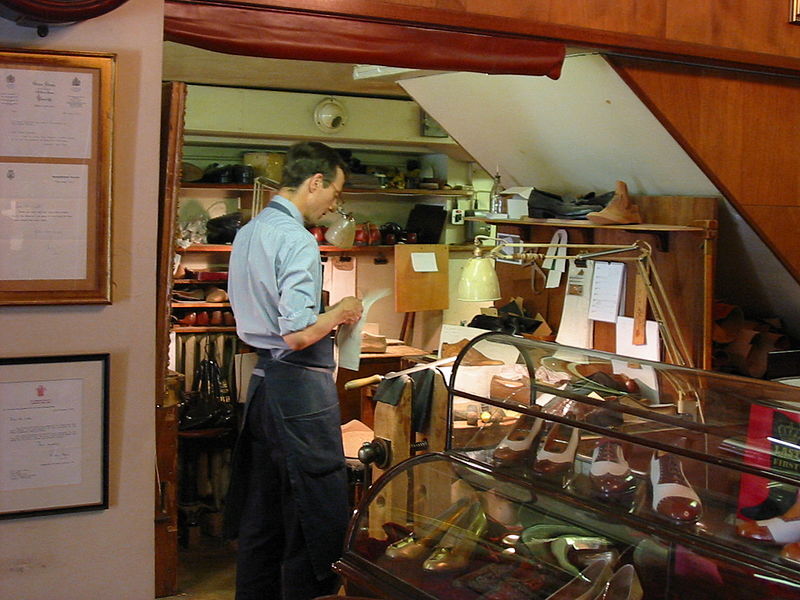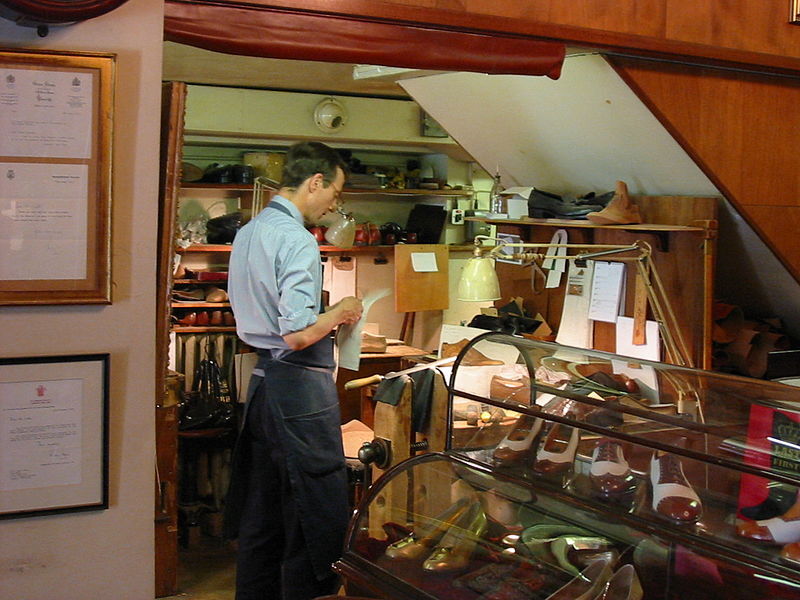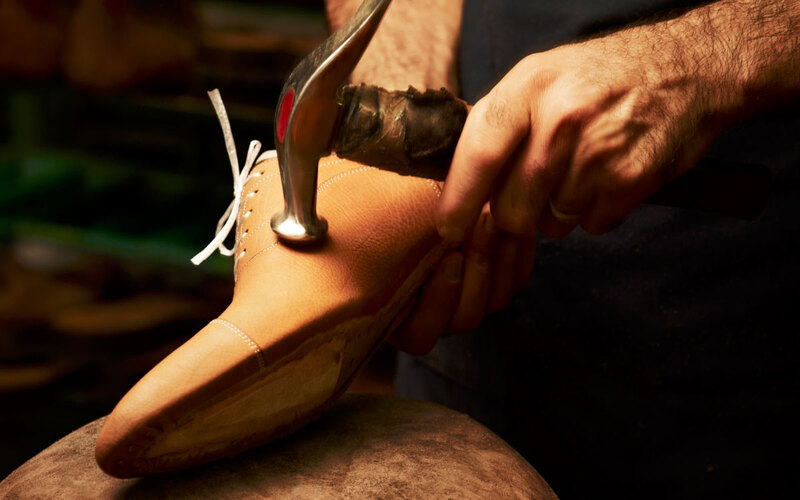Strenghthen competitiveness by enhancing the connection between footwear bussinesses
In the first half of this year, with footwear export turnover reaching nearly $7.8 billion and growth from 8-9%, in 2017, footwear industry is expected to reach $16.5 billion. In the context of economic integration, the footwear industry's growth opportunities are great, but to take advantage, shoe companies must strengthen links to improve their competitiveness in the international market in general and domestic market in particular.
With a 4.3% of market share, Vietnam is currently the fourth largest exporter of footwear in the world. Compared with other countries, Vietnam's footwear industry has more advantages thanks to political stability, low labor costs and export-oriented policies.
According to the Ministry of Industry and Trade, the opportunity to promote the export of footwear products to many markets in the coming time is very high thanks to the preferential tariffs from Free Trade Agreements (FTAs). Specifically, from 2016, the export tax on leather and shoes to Korea has been eliminated. As soon as the FTA between Vietnam - the European Union Economic Association (EAEU) is effective, rubber footwear exported to five countries in the Eurasian Economic Alliance including Russia, Armenia, Belarus, Kazakhstan and Kyrgyzstan has also enjoyed a preferential tax rate of 0%.
Similarly, many of Vietnam's key footwear products entering the TPP market will enjoy zero tariffs immediately after the entry into force of the TPP Agreement. This is considered a big advantage for the footwear industry because the 12 TPP countries account for 45% of total export turnover of footwear in Vietnam. In the European market, Vietnam accounts for 33% of the total market, with the FTA, 44% of the footwear tariff equaling 42% of the total value of Vietnam exported to Europe will benefit immediately after the FTA comes into effect.
Despite the opportunities, the footwear industry is facing many challenges. In particular, the causes of the weakness such as lack of capital, technology, senior management, management capacity and productivity are mainly because most domestic enterprises only operate with small and medium scale. At present, the productivity of Vietnamese enterprises is only equal to 60-70% of FDI enterprises. In addition, footwear enterprises face to higher production costs. Thus, the ability to meet the requirements of FTAs, such as key issues including labor standards, environment, and rules of origin is a big challenge.
To determine the current direction and growth of exports for the footwear industry, one of the key solutions is to go through signed and awaited FTAs, because these FTAs are promising a growth in the footwear industry which is not based on the growth of the global economy, but on the market share of other countries without FTAs like Vietnam.
The government has fiercely supported the footwear industry by raising the localization rate by issuing many decrees and circulars, especially the decree on supporting industries. At the same time, the Vietnam Leather and Footwear Service Center has been opened with 3 major functions: displaying raw materials and accessories, mainly materials for domestic production, focusing on human resource training and research on environment. In particular, European countries are attaching great importance to technology. If we fail to meet technical requirements, labor and environmental conditions, FTAs will become meaningless.
Therefore, in order to take advantage of the opportunities, the footwear industry needs to be proactive in the availability of transparent raw materials to enjoy the rules of origin, to improve automation and create unique Vietnamese products, enhance high quality labor and meet the conditions of the working environment. In addition, in order to improve competitiveness, footwear businesses must increase their vertical and horizontal integration. For longitudinal bonding, the link between the footwear manufacturer and the raw material manufacturer should be established. For horizontal relationship, there must be cohesion between factories producing the same product.
Clearly, strengthening links not only helps the footwear industry to improve its competitiveness in the domestic market but also affirms its position in the international market.










